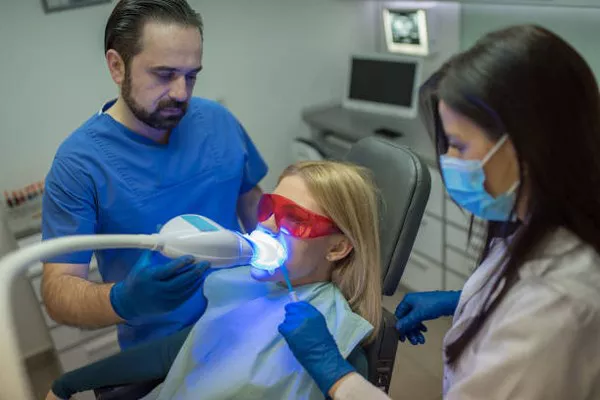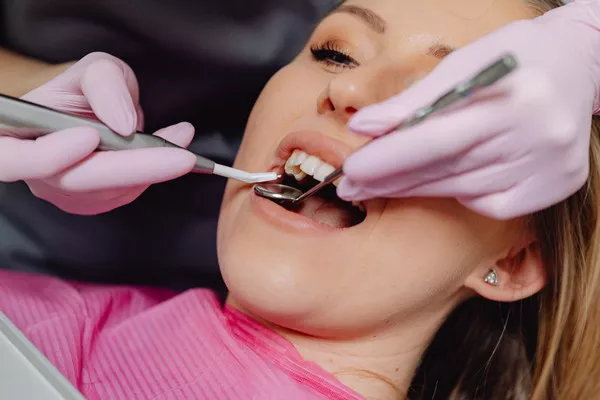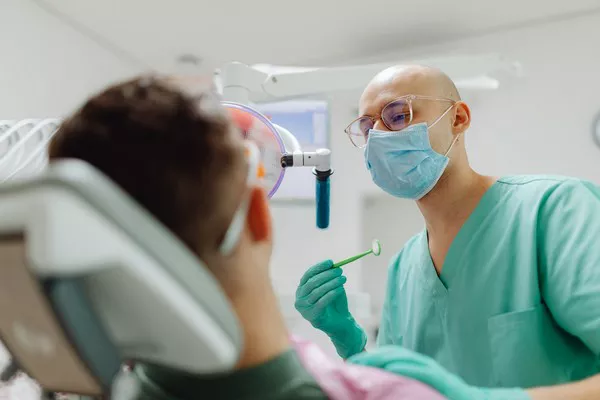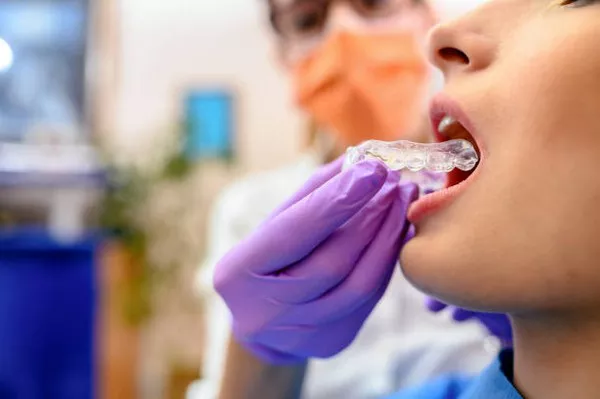There are many ways to whiten teeth, from inexpensive toothpastes and other products that remove many surface stains, to light-activated whitening techniques in the dentist’s office that cost $1,000 and can bring dramatic results.
All whitening techniques work in one of two ways: The bleaching procedure alters the natural color of your teeth, usually by changing the brightness of the color from 50 to 70 percent.
Whitening methods in the dental office (the side of the chair) and in the home (the tray) rely on bleaching.
Bleach contains an active ingredient, usually carbonyl diamine peroxide or hydrogen peroxide, which can be consulted for dental communication if not clear.
At a concentration of 10 to 22 percent, it can help remove deep and superficial stains.
Costs vary widely from procedure to procedure: Light-activated whitening procedures in dental offices, sometimes called armchair bleaching, can cost $500 or more, and the results are immediate, often with dramatic changes in the color of the teeth, which are much whiter than before.
However, after a year or so of normal eating and drinking (coffee, tea, soft drinks), the teeth will slightly discolor again, forming new stains.
You’ll have to spend $500 to get your teeth whitened again, using armchair bleaching methods.
A custom-made guard made by a dentist for home bleaching costs about $300 and is usually worn for a few hours a day or overnight for two weeks.
When you find a new stain, you simply put it back on for a night or two to get the stain out.
Over-the-counter teeth whitening products (i.e., those available in drugstores) range from $10 to $45, including pot-bite creams that can be applied in a medicated dish, whitening gels that can be applied with a toothbrush and whitening patches.
Bleaching procedures help remove surface stains from teeth through physical or chemical action, or a combination of both.
Between visits to the dentist, we usually use all toothpastes with a slight abrasion to remove surface stains.
Whitening toothpastes have special chemicals or polish that can provide additional stain removal.
Professional cleaning by a dentist or dental hygienist also uses abrasion and polishing to remove most of the external stains caused by food and tobacco.
Everyone has a different reaction to different whitening procedures.
Some people respond well to whitening toothpastes, while those with grays or other severe discoloration may need porcelain inserts or adhesives (discussed elsewhere in this section) to achieve the whitened smile they’ve been looking for.
Only your dentist or health worker can decide which one is best for you.






























